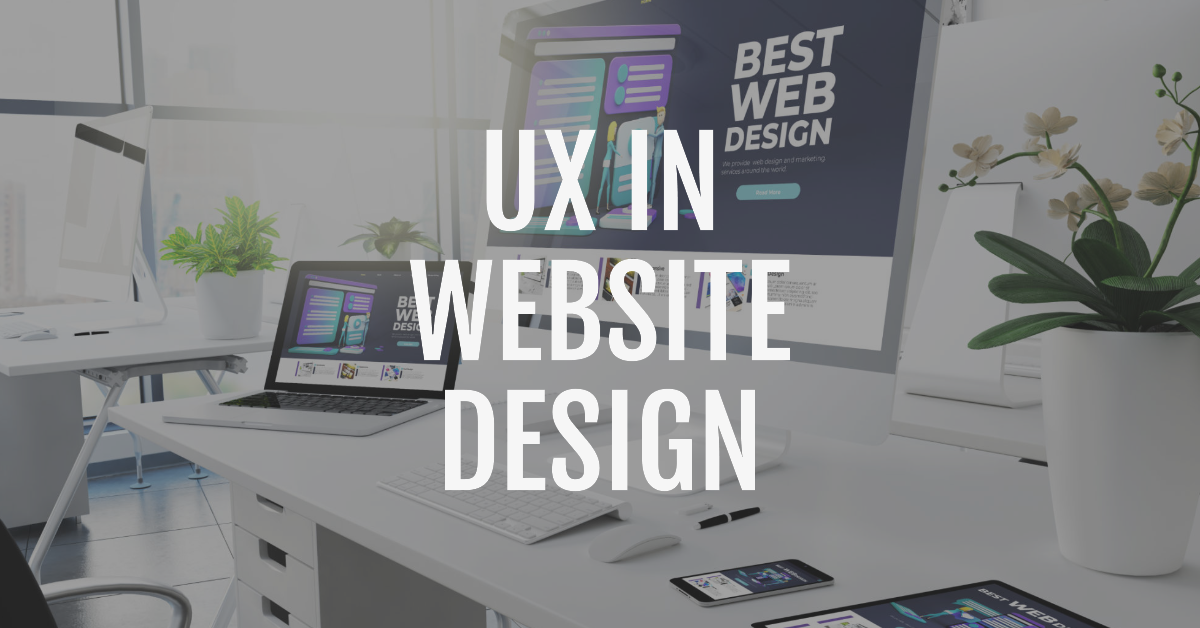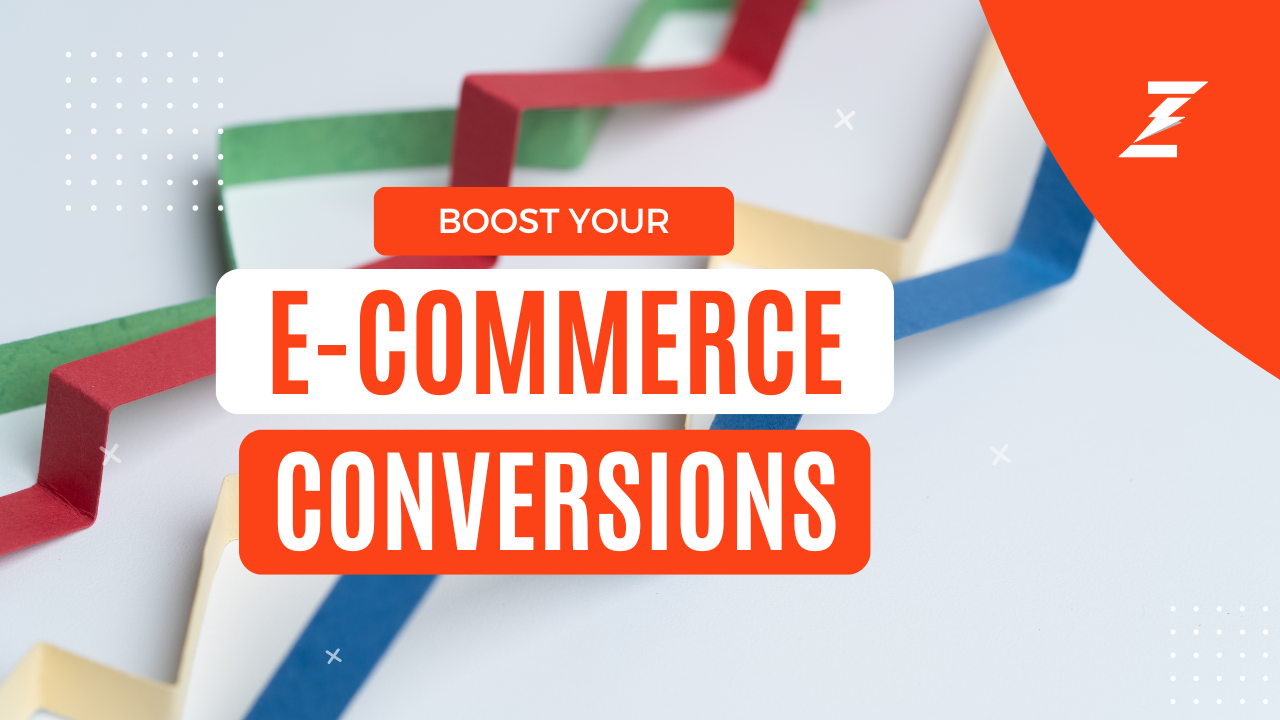
In today’s digital age, where websites serve as the face of businesses, the importance of user Experience in web design cannot be overstated. From the moment a user lands on a website, their journey should be seamless, intuitive, and enjoyable. UX plays a pivotal role in shaping this experience, directly impacting user engagement, conversion rates, and brand perception.
Key Elements of User Experience in Web Design
Navigation
One of the fundamental aspects of UX is navigation. Users should be able to effortlessly find what they’re looking for without having to navigate through a maze of menus. Clear, intuitive navigation enhances user satisfaction and encourages exploration of the website.
Visual Design
The visual appeal of a website greatly influences user perception. A well-designed interface with cohesive branding, appealing color schemes, and visually pleasing layouts creates a positive first impression and instills confidence in the brand.
Content Quality
Compelling content is at the heart of a great user experience in web design. Whether it’s informative articles, captivating images, or engaging videos, high-quality content keeps users engaged and encourages them to spend more time on the website.
Responsiveness
With the increasing use of mobile devices, responsiveness is essential for providing a seamless user experience across different screen sizes and devices. A mobile-friendly design ensures that users can access and navigate the website efficiently from smartphones and tablets.
Impact of UX on Website Success
The impact of UX extends beyond just aesthetics. Websites with superior user experiences tend to enjoy higher levels of user engagement, resulting in increased time spent on site and lower bounce rates. Moreover, a positive UX often translates into higher conversion rates, as users are more likely to complete desired actions such as making a purchase or filling out a form.
Factors Affecting User Experience in Web Design
Page Load Speed
Slow loading times can frustrate users and lead to high bounce rates. Optimizing page load speed is crucial for providing a smooth browsing experience and retaining visitors.
Mobile Optimization
With mobile traffic surpassing desktop usage, optimizing websites for mobile devices is no longer optional but essential. Mobile-friendly designs ensure that users can access and navigate the website seamlessly on their smartphones and tablets.
Accessibility
Ensuring accessibility for users with disabilities is not only a legal requirement but also a moral imperative. Websites should be designed with accessibility in mind, allowing all users, regardless of their abilities, to access content and navigate the site easily.
Intuitive Interface
An intuitive interface anticipates user needs and guides them effortlessly through the website. Clear calls-to-action, logical layout structures, and intuitive navigation menus contribute to a frictionless user experience.
Best Practices for Improving UX
Conducting User Research
Understanding the needs, preferences, and behaviors of your target audience is essential for designing a user-centric website. Conducting user research through surveys, interviews, and usability testing helps identify pain points and areas for improvement.
Implementing Responsive Design
Responsive design ensures that your website adapts seamlessly to different screen sizes and devices, providing a consistent experience across desktops, smartphones, and tablets.
Simplifying Navigation
Streamlining navigation menus and organizing content in a hierarchical manner makes it easier for users to find what they’re looking for. Limiting the number of menu items and using descriptive labels improves usability.
Optimizing Content
Creating relevant, engaging content that meets the needs of your target audience enhances the overall user experience. Content should be easy to read, visually appealing, and optimized for search engines to ensure maximum visibility.
Case Studies Highlighting UX Success
Case Studies about User Experience in Web Design
Airbnb
By focusing on simplicity, intuitive design, and personalized recommendations, Airbnb has revolutionized the way people book accommodations online. Their user-friendly interface and seamless booking process have contributed to their rapid growth and success.
Spotify
Spotify’s success can be attributed in part to its exceptional user experience. With a clean, intuitive interface, personalized recommendations, and seamless cross-device synchronization, Spotify makes it easy for users to discover and enjoy their favorite music.
Amazon
Amazon’s relentless focus on customer experience has made it the e-commerce giant it is today. From one-click purchasing to personalized product recommendations, Amazon continually raises the bar for user-centric design and innovation.
Measuring and Analyzing UX
User Testing
Conducting user testing sessions allows you to gather valuable feedback from real users and identify areas for improvement. Observing how users interact with your website provides insights into usability issues and user preferences.
Analytics Tools
Utilizing analytics tools such as Google Analytics enables you to track user behavior, monitor website performance, and measure key metrics such as bounce rate, session duration, and conversion rate. Data-driven insights help inform UX decisions and optimize the overall user experience.
Challenges in Achieving Optimal UX
Balancing Design and Functionality
Finding the right balance between aesthetics and functionality can be challenging. While visually appealing designs are important, they should not compromise usability or hinder the user experience.
Keeping Up with Trends
The digital landscape is constantly evolving, with new technologies and design trends emerging regularly. Keeping abreast of these developments and adapting your website accordingly is essential for staying competitive and meeting user expectations.
Future Trends in UX Design
Personalization
Personalizing the user experience based on individual preferences, behaviors, and demographics enhances engagement and fosters a deeper connection with users. From personalized recommendations to dynamic content, personalization is poised to play an increasingly important role in UX design.
Voice User Interface (VUI)
With the rise of voice-controlled devices such as smart speakers and virtual assistants, voice user interfaces are becoming increasingly prevalent. Designing intuitive, conversational interfaces that understand natural language commands will be essential for delivering seamless voice experiences and meeting user needs in the era of VUI.
Augmented Reality (AR)
Augmented reality (AR) is reshaping the way users interact with digital content by overlaying virtual elements onto the real world. Integrating AR into web design opens up new possibilities for immersive experiences, allowing users to visualize products in their own environment before making a purchase.
Conclusion
In conclusion, user experience (UX) is a critical component of web design that directly impacts the success of a website. By focusing on key elements such as navigation, visual design, and content quality, businesses can create engaging and intuitive experiences that delight users and drive results. From optimizing for mobile devices to personalizing the user journey, prioritizing UX is essential for staying competitive in today’s digital landscape.
FAQs
- What is user experience (UX) in web design?
User experience (UX) in web design refers to the overall experience that a user has while interacting with a website or digital product. It encompasses elements such as ease of use, accessibility, visual appeal, and responsiveness, with the goal of creating a positive and seamless experience for the user. - How does UX impact website success?
UX plays a crucial role in determining the success of a website by directly influencing factors such as user engagement, conversion rates, and brand perception. Websites with superior UX tend to enjoy higher levels of user satisfaction, leading to increased time spent on site, lower bounce rates, and ultimately, higher conversion rates. - What are some common challenges in achieving optimal UX?
Some common challenges in achieving optimal UX include balancing design and functionality, keeping up with evolving technologies and design trends, and ensuring accessibility for users with disabilities. Additionally, factors such as page load speed, mobile optimization, and intuitive interface design can impact the overall user experience. - Why is responsive design important for UX?
Responsive design is important for UX because it ensures that websites are accessible and easy to use across a wide range of devices and screen sizes. By adapting to different screen resolutions and orientations, responsive design provides a consistent and seamless experience for users, regardless of the device they are using. - How can businesses measure and analyze UX?
Businesses can measure and analyze UX through various methods, including user testing, analytics tools, and feedback surveys. User testing involves observing how real users interact with a website and gathering feedback to identify areas for improvement. Analytics tools such as Google Analytics provide valuable data on user behavior, website performance, and key metrics, allowing businesses to make data-driven decisions to optimize the user experience.
Take Action Now
Are you ready to elevate your website’s user experience and drive better results for your business? Let our team of expert web developers and designers help you craft a seamless, intuitive online experience that delights your users and boosts your brand’s success. Whether you’re looking to optimize navigation, enhance visual design, or streamline content delivery, we’ve got you covered. Contact us today to discuss your project and take the first step towards creating a website that stands out in today’s digital landscape.
Ready to take your web development to the next level?
Contact us today to learn more about how our expert team can help you harness the power of CSS, Javascript, and PHP frameworks and CMSs to create custom, scalable, and secure web applications that meet your business needs!
Categories: E-commerce, Scalable Applications, Web Design
Explore top platforms for e-commerce like Shopify, WooCommerce, Magento, and more. Find the best fit for your business.
Categories: E-commerce, Robust Applications, Scalable Applications, Web Design
Is your website failing to convert visitors? Avoid these common e-commerce design mistakes and watch your sales soar!
Categories: Emerging Technologies, How to, Personalization, Productivity, Robust Applications, Scalable Applications
Struggling with Cart Abandonment? Boost your E-commerce Conversion Rates with a Frictionless Checkout Experience!
Categories: E-commerce, Scalable Applications, Web Design
Explore top platforms for e-commerce like Shopify, WooCommerce, Magento, and more. Find the best fit for your business.
Categories: E-commerce, Robust Applications, Scalable Applications, Web Design
Is your website failing to convert visitors? Avoid these common e-commerce design mistakes and watch your sales soar!




